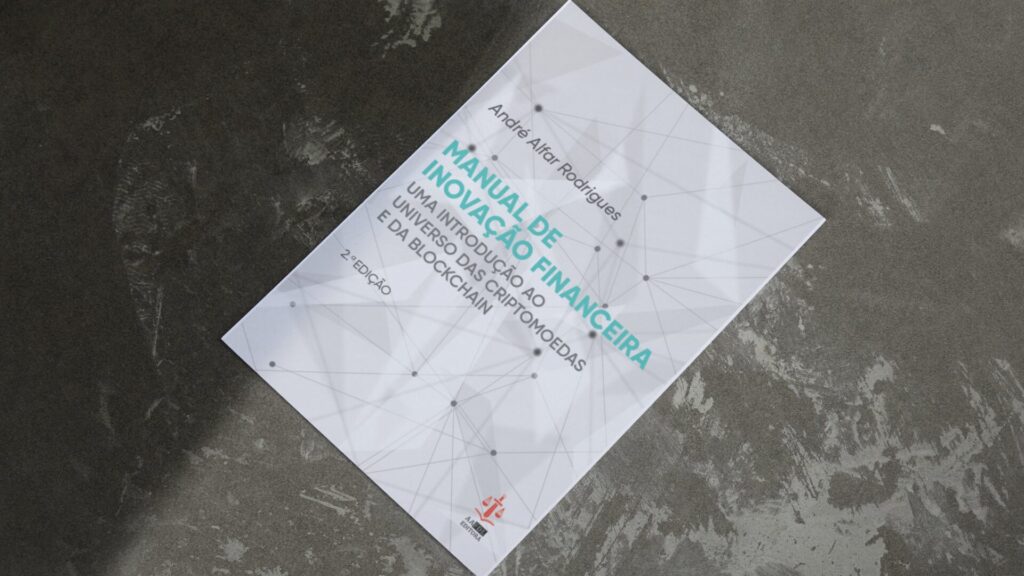08.05.2025
Practice Areas: Finance
Supervisory authorities’ position on the use of finfluencers
The increasing use of people who use digital platforms to promote products and financial institutions to a wider range of people has become strategic when making investment decisions and has already attracted the attention of national and European supervisory authorities.
- The concept
In its glossary, the CMVM defines finfluencers as persons who use their social media accounts, websites or podcasts to disseminate content on financial topics (including investments) or to promote financial products and services, and may influence investment decisions with their opinions, information and/or recommendations.
The role of digital influencers in the financial sector, and their legal treatment, has been the subject of much debate. On the one hand, the use of this method of promotion provides easier and quicker access to information of interest to investors, promoting the democratization of financial markets and facilitating contact between investors and institutions. At the same time, the informality in the way information is transmitted, and the wide reach of finfluencers can create difficulties in terms of spreading information that is incomplete, misleading or does not fulfil the legally established requirements for advertising financial products and institutions.
- The role of the CMVM
In Portugal, the CMVM (Portuguese Securities Market Commission) has taken on an eminently pedagogical and guiding role in this matter, aiming to clarify the legal framework applicable to the content disclosed by finfluencers, especially when they deal with financial instruments.
In a recent communication, available online, the CMVM identified and distinguished different types of content that can be shared by finfluencers:
- Financial literacy content, which is purely educational in nature and is not, in principle, subject to direct supervision by the organization;
- Advertising and customer prospecting, which can only be carried out by tied agents if the activities are aimed at concluding financial intermediation contracts or collecting information on current or future customers;
- Investment advice and recommendations, which are regulated activities subject to registration, authorization and ongoing supervision.
The CMVM warns, however, that the classification of content should be based on substance and not form, and the mere inclusion of disclaimers is irrelevant.
When a finfluencer is hired to promote financial products or services, the responsibility does not fall exclusively on the influencer, but also – and above all – on the contracting financial intermediary, who must:
- Ensure that the content has been previously approved or prepared by the intermediary;
- Ensure that this content is clearly labelled as advertising;
- Visibly include the identification of the responsible intermediary;
- Formalize the contractual relationship; and
- Continuously monitor the content being posted, taking responsibility for any regulatory non-compliance.
The CMVM emphasizes that under no circumstances may the hiring of finfluencers circumvent the legal limits applicable to client prospection. All acts specific to this activity – such as personalizing contact or inducing the entering into of investment contracts – can only be carried out by authorized and registered agents.
- The Bank of Portugal’s perspective
The Bank of Portugal has invested in financial literacy initiatives and publicly called for the use of reliable and duly authorized sources as a means of obtaining advice.
The Bank of Portugal advocates a coordinated response between regulators, which considers the role of digital platforms in the dissemination of financial content. The integration of efforts with the CMVM and European regulators is essential to guarantee a harmonized, effective, balanced approach focused on protecting investors in financial products.
The adoption of artificial intelligence tools by the Bank of Portugal to supervise digital advertising was also made public, with the stated aim of achieving greater visibility over the activity of finfluencers.
- The Advice of ESMA’s Securities and Markets Stakeholder Group
The CMVM’s recent communication is in line with the Securities and Markets Stakeholder Group’s advice to ESMA of 14 March (ESMA24-229244789-4704) on digitalization and the protection of retail investors, which warns against the use of manipulative practices such as:
- Dark Patterns [1];
- Gamification; and
- Digital architecture of choices can distort investment decisions, especially among less experienced investors.
In this opinion, the Group also recommends that ESMA issues clear guidelines on digital marketing, obliging transparent disclosure of the activities of finfluencers and making the organizations that hire them responsible.
- Conclusions
Although there are no specific regulations for the activity of finfluencers, national and European supervisory authorities have been paying increasing attention to this phenomenon, which is likely to influence the investment decisions of a wide range of people using social networks and other digital platforms.
Financial intermediaries and other financial institutions should be prepared to monitor and guarantee appropriate contractual conditions when using finfluencers to mitigate the risk of liability arising from their activities. Even if they don’t use finfluencers, financial intermediaries and other financial institutions should also be attentive to the information that is disseminated about them and their products on social networks.
.














































